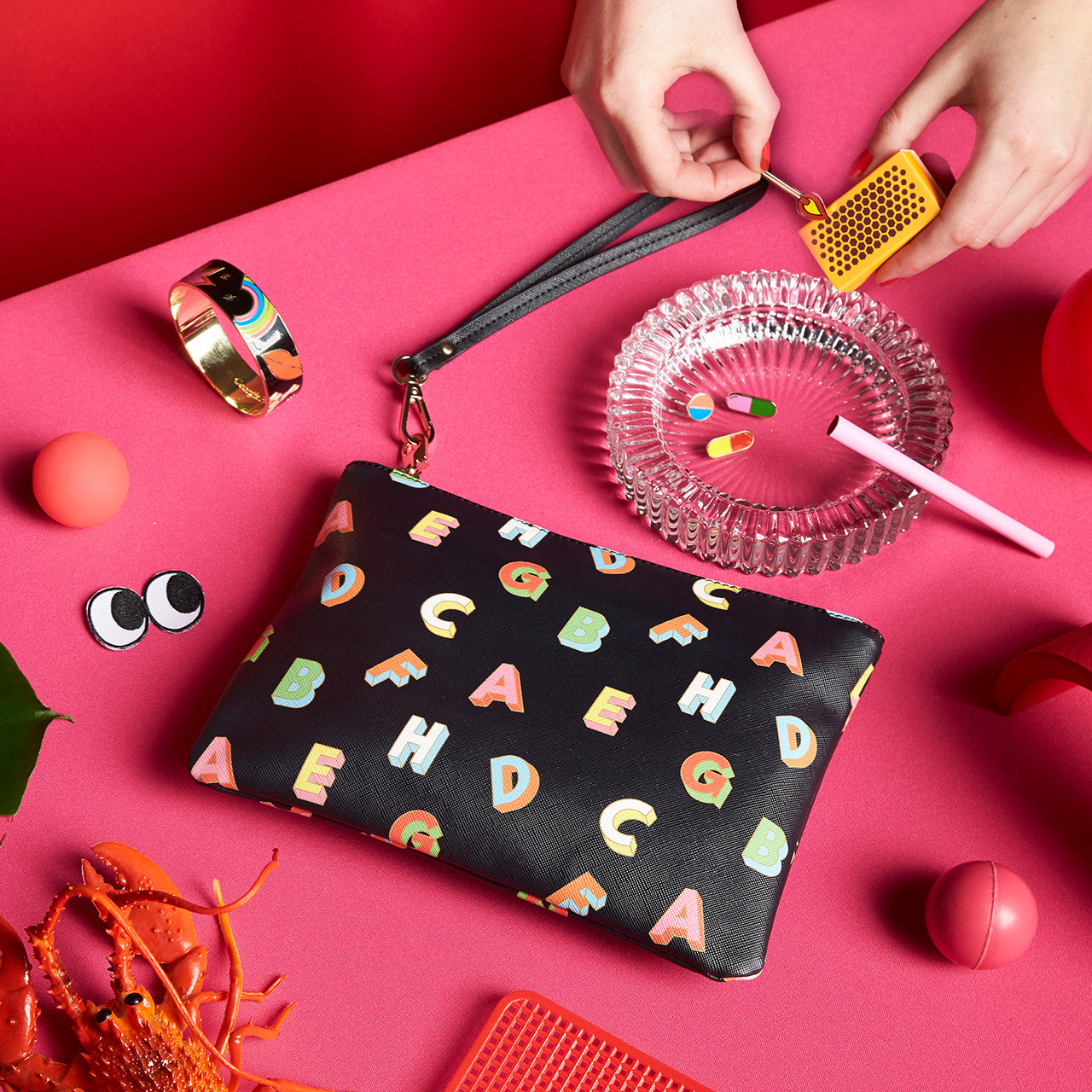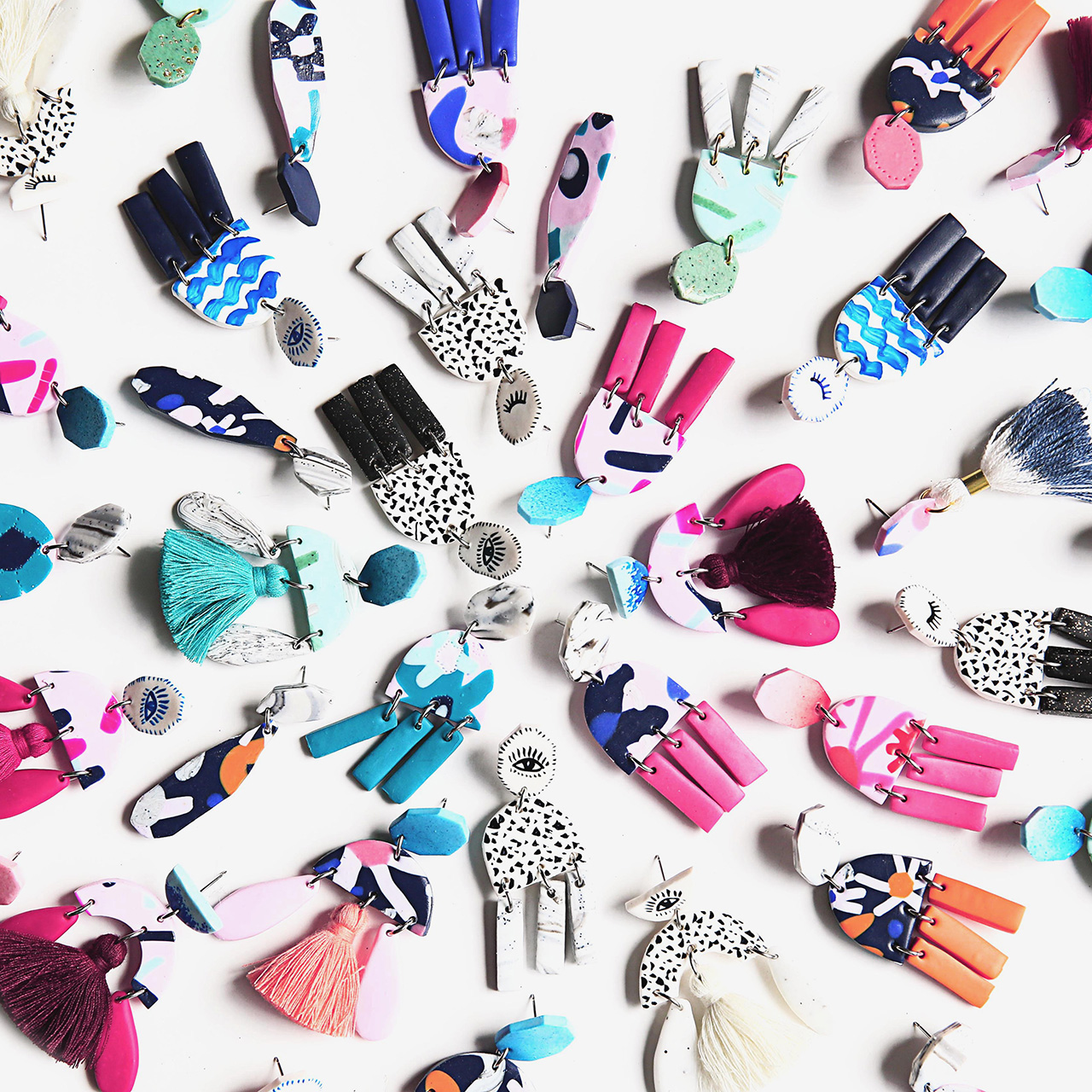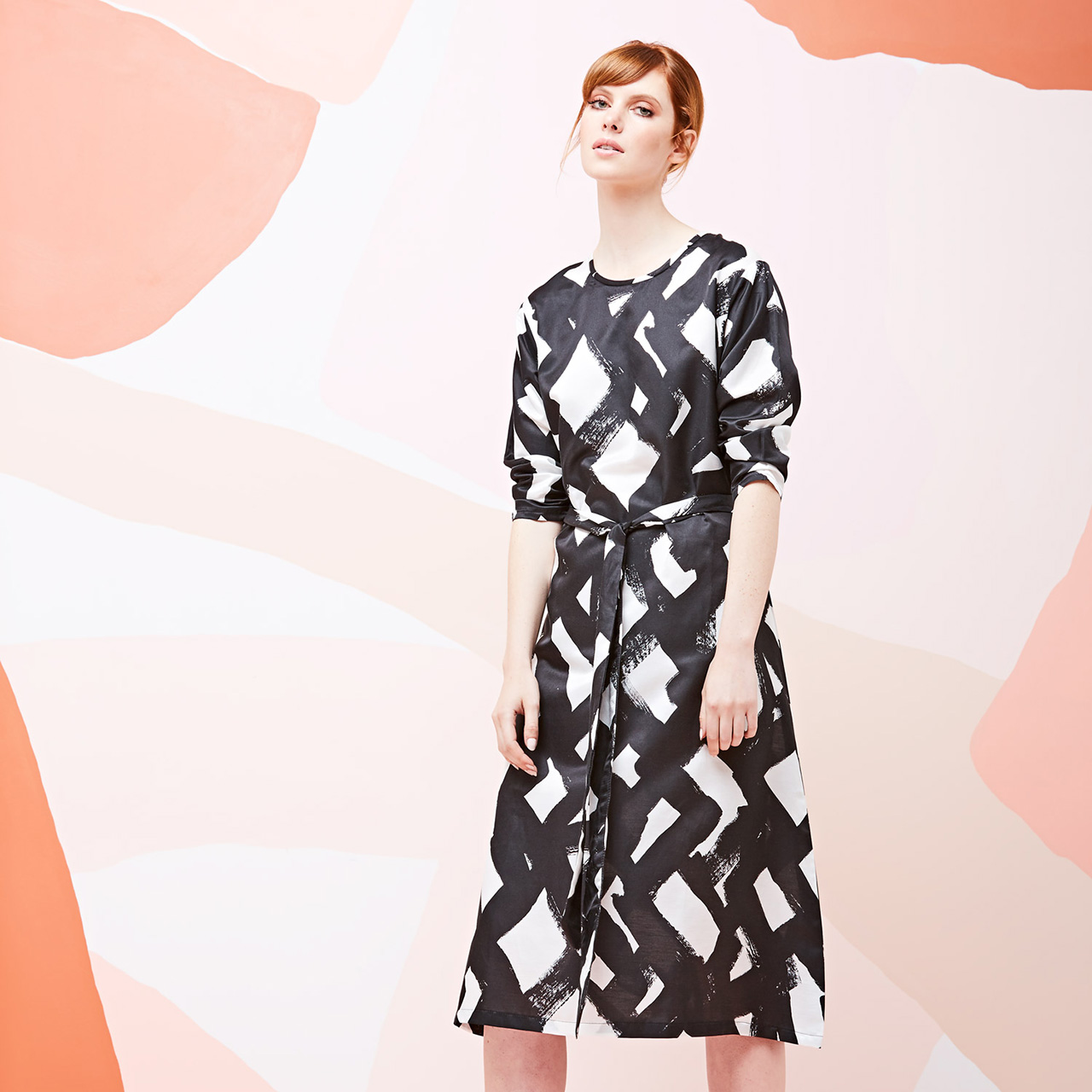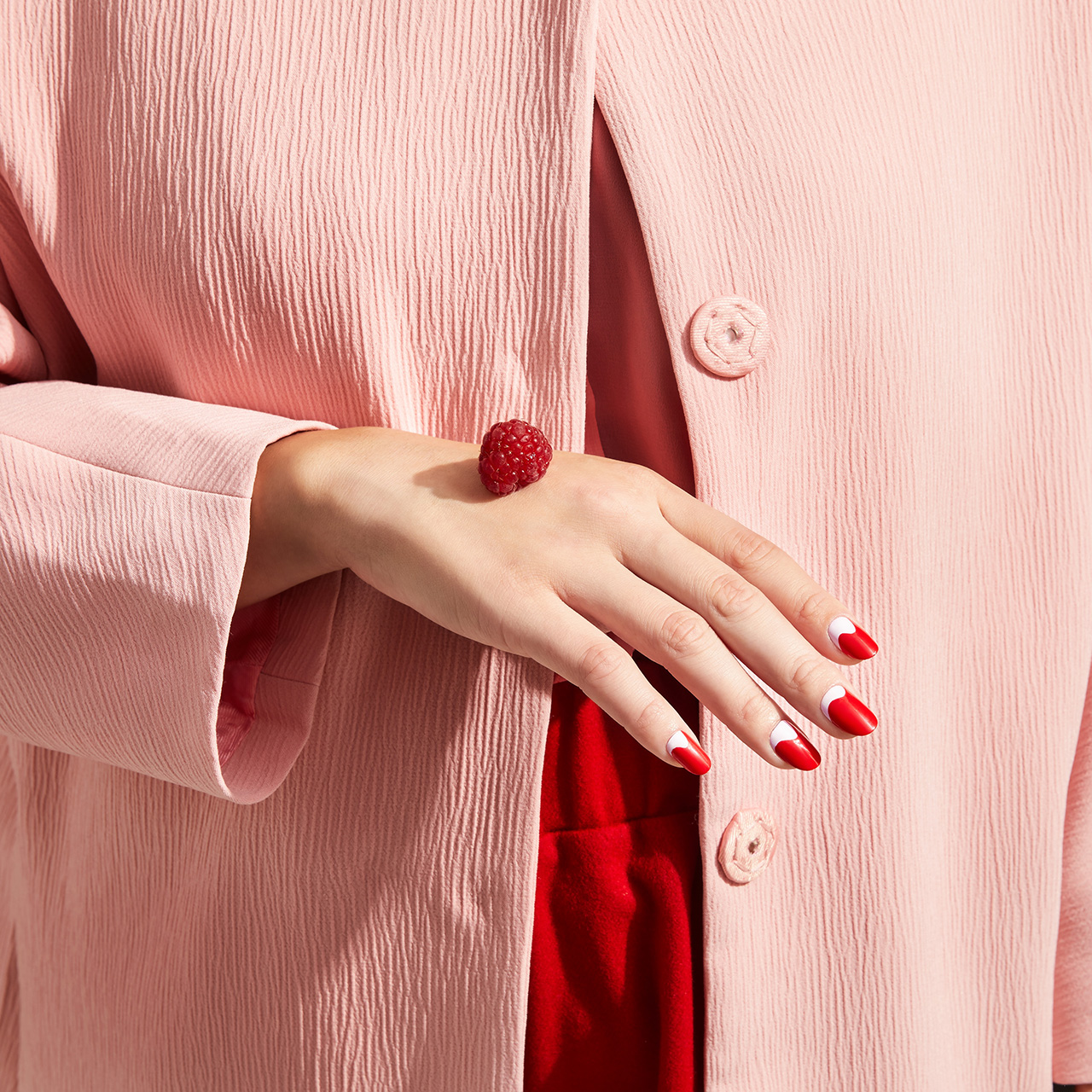News feed
Last year, within the first hour of opening doors on the inaugural Sydney edition of The Big Design Market, director Simon Obarzanek told me that, pending the warmth of the city’s embrace the remainder of the weekend, his plan was to return with a bigger and better market the following year.
Turns out Obarzanek needn’t have doubted himself and the enthusiasm with which Sydney embraced the first iteration of the market, which in almost every respect is as far from the idea of a folksy, handmade independent craft market you might anticipate it to be. The Big Design Market, Obarzanek explains, was born in 2012 out of a need for designers to be able to create and sell their work through an outlet other than a string of boutiques or an online marketplace. It turns out the event, which is now in its sixth year and attracts at-capacity crowds in Melbourne, was exactly what the industry and its fans had been calling out for. The Melbourne instalment at the Royal Exhibition Building regularly attracts over 57,000 visitors across three days each year, and Sydney’s inaugural market last year drew crowds of 24,000 across one weekend to the Royal Hall of Industries. The event generated a total of $4.5 million in sales for its designers, many of whom front their own stalls and provide discerning shoppers with a level of interaction that’s missing from traditional retail experiences, both online and off. That its return would be bigger and better seemed almost as though it was a given.
This year’s event includes designers sourced from Japan and China, as well as the introduction of Indigenous artists from the Kimberley region in the Northern Territory in addition to over 230 other stallholders contributing their wares across homewares, textile, fashion, furniture, stationery and technology design, as well as lifestyle, beauty and products for children. “We’re trying to create an experience that you really can’t get [at a] shopping centre,” Obarzanek said. “It’s not just a shopping show from designers.” That means you’re just as likely to score big on the design front, as you are when it comes to gourmet food offerings, craft beer, wine and coffee; creative workshops on everything from nail maintenance to indoor plant care offer the promise of intellectual fulfilment. “Often people will walk out with nothing but will have had a great meal, listened to music, [and been] exposed to new designs from new brands,” adds the design director.
Below, Obarzanek shares with GRAZIA his picks for designers both established and new that have been selected not only for their design credentials, but for their presentation, quality of product and emphasis on ethical business practices and sustainability.
VARIETY HOUR
“Variety Hour designer Cassie Byrnes graduated from RMIT University in 2014 with a BA in Textile Design,” says Obarzanek. “Fast forward to now and she has her brand Variety Hour creating print-focused pieces produced in small batches. Each pattern starts as a hand-painted work of art and is then reconfigured and perfected on the computer before it’s finally adapted into a range of home goods and fashion pieces.” Byrnes has recently completed a large range exclusively for American lifestyle leviathan, Anthropologie, whose stores number in the ballpark of 270. “Go girl,” he adds.
KESTER BLACK
“In 2013, Anna Ross started her nail polish brand Kester Black out of her bedroom in Melbourne,” says Obarzanek. “A year later she moved out into an office because it was becoming increasingly awkward having casual staff working out of her bedroom.” Today, Ross’s chemical and animal testing free nail polish and body products are sold across the world. The cosmetics line is the first to obtain what Ross describes as “a vast suite of accreditations such as Choose Cruelty Free, International Cruelty Free, Vegan Society, Australian Made and B Corporation.”
“She runs a transparent business in the inner Melbourne suburb of Collingwood where $1 from every purchase is donated to charity and her seven full time staff are allocated mental health days throughout the year, as well as the regular sick days,” adds Obarzanke. “[Ross is] a really forward thinker who won Young Business Woman of the year last year at the Telstra Business Awards.”
GEORGIA PERRY
For many, the multi-disciplinary creative Georgia Perry requires little by way of introduction. However, for the uninitiated, Perry started her accessories brand in 2014 using what Obarzanek describes as “her blast of colour illustration style”, a distinctly sunny and irreverent point of view that has “now has catapulted her products onto the bodies of some of the world’s most famous and influential people. Her range has grown from pins and totes to scarves, socks, bags and jewellery as well.” From her small studio in Melbourne’s suburb of Fitzroy, Perry’s signature pieces are shipped all over the world to over 130 of the world’s most prestigious retail outlets, including Colette Paris, Le Bon Marche and Nordstrom. Her work has also been featured in international publications including PAPER, Interview and The New York Times Magazine. In August this year, Perry opened his first concept store, Kiosk, in Collingwood.
KINGSTON JEWELLERY
Jemima Kingston, founder of her eponymous accessories label, works as both a photographer and a jeweller. “[I’m] not sure where the time comes from,” says Obarzanek, who estimates that Kingston’s jewellery has built up a cult following within the past 12 months. “As soon as she posts a new range on her online store, it [sells] out in a matter of minutes – people complain [that] they missed out. Her use of colour, iconic symbols and the brittle and organic look of ceramic polymers has brought her right into the spot light.” Recently, says Obarzanek, a contestant on Channel 10’s The Block elected to wear Kingston Jewellery on every episode of show, brining the brand to the attention of an even bigger audience.
PARK SOCIAL SOCCER CO
Sam Davy, a graphic designer based in Melbourne, started Park Social Soccer Co. in 2015. Ten years prior, he left his home in England to work at Apple under the directorship of Steve Jobs, from whom, Obarzanek says, he learned he could both make money and do good at the same time. “With PSSC, Sam designs good looking soccer balls that don’t have club or brand logos covering them. They are colourful and vibrant pieces of contemporary design that also work really well as soccer balls. The structure of the business is very interesting. When a ball is sold, an identical is donated to child in need. As we all know soccer is the world game and played in the poorest communities. It helps pull people together as a community and a great way to stay mentally and physically healthy.”
Through its one-sale-for-one-donation model, PSSC has passed some 1,270 balls to disadvantaged children using the channels of established grassroots charities, individuals and organisations, including the Asylum Seeker Resource Centre in Melbourne, Creating Chances in Sydney, The Dreams Alive Foundation in Kenya, Street Soccer USA, and international initiatives Their Beautiful Game and OrphFund.
The Big Design Market returns to Sydney’s Royal Hall of Industries, Moore Park, from Friday November 24-26. The Big Design Market Melbourne takes place at the Royal Exhibition Building in Carlton Gardens from Friday December 1-3. More information is available here.
Tile and cover image: Georgia Perry/Courtesy of The Big Design Market















